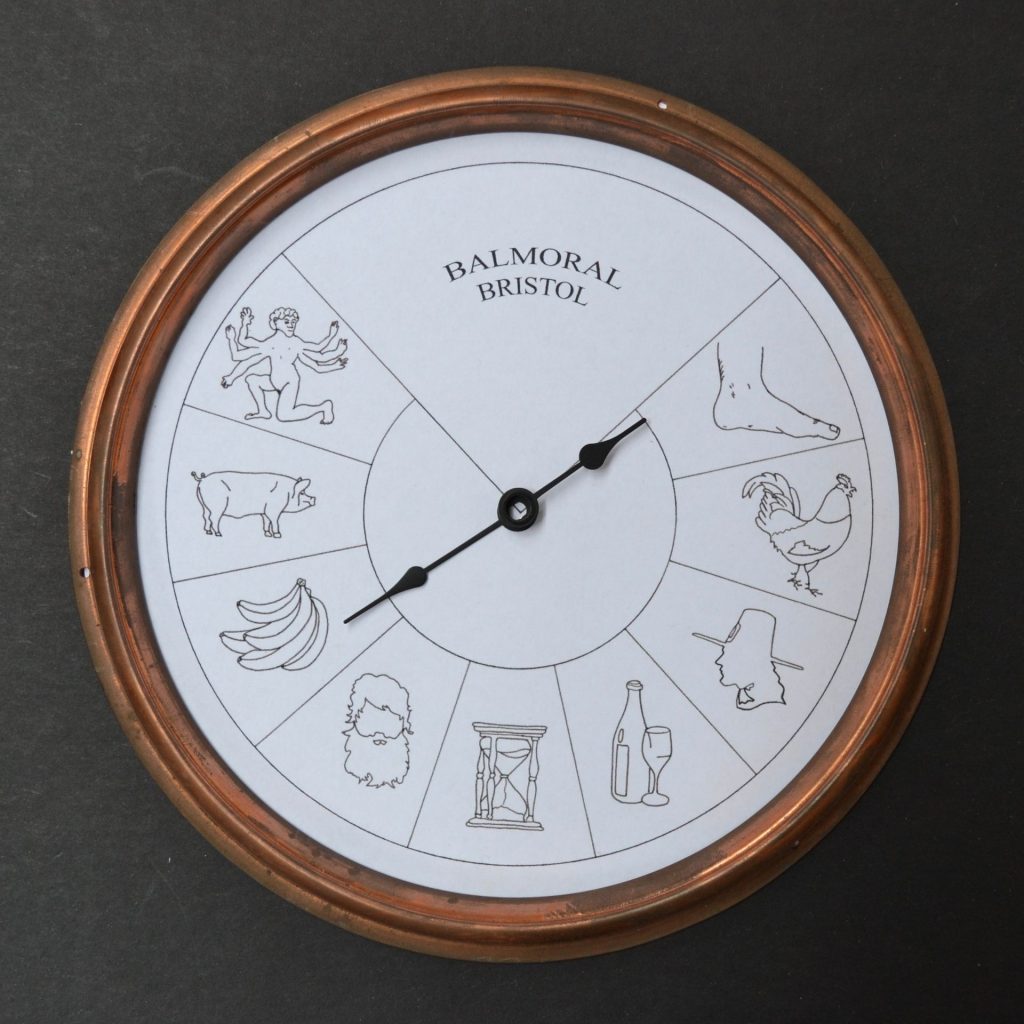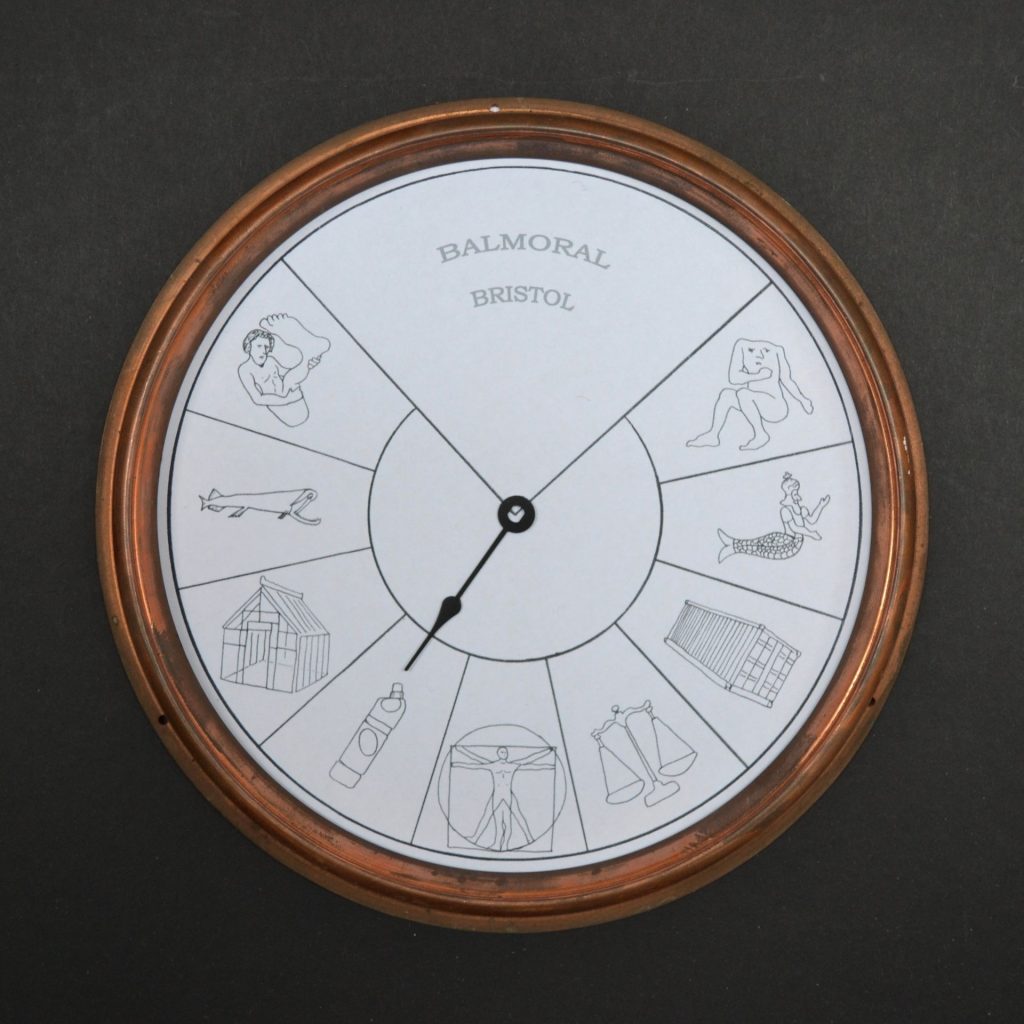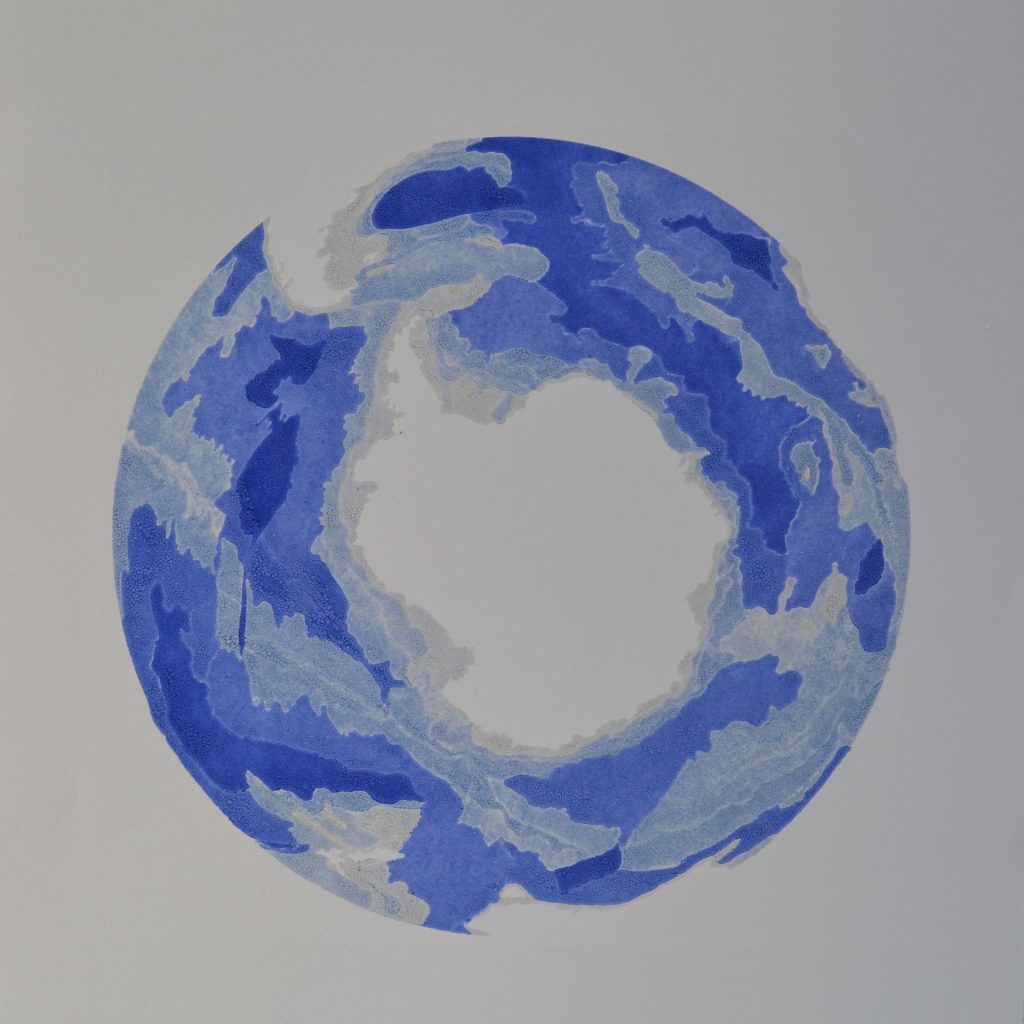The Invisibility of the Sea
How can art be employed to offer materiality and image to the seas and oceans which increasingly occupy and invisible and non-tangible space in the public imagination?

‘The sea’s ancient role as the ultimate place of catharsis is prominent in many religious traditions. It makes terrestrial existence possible by keeping it “pure.” Historically, many cultures have revered the sea, and at the same time they have made it to bear and wash away whatever was construed as dangerous, dirty, or morally contaminating.’
Kimberley C. Patton, The Sea Can Wash Away All Evils: Modern Marine Pollution and the Ancient Cathartic Ocean (New York: Columbia University Press, 2007)
What did the project involve?
In 2017, Margherita Pieraccini and Laurence Publicover brought together, with the support of the Cabot Institute, a group of Bristol academics from different disciplines and faculties to talk about their research on and concerns for the sea. Following a successful application to the Brigstow Institute, this stage of the project began. They then commissioned the artist Rod Harris to interview these academics, as well as an expert on cartography, before creating a series of artworks inspired by these conversations. Two of Rod’s works were sited on the MV Balmoral while it undertook its summer cruises in 2017; the full exhibition, The Invisibility of the Sea, was launched at the Earth Gallery, Wills Memorial Building, in October 2017. It remained there until the middle of April 2018
Over several weeks, Bristol-based artist Rodney Harris spoke to University of Bristol academics from the departments of Earth Sciences, Biological Sciences, Law, Anthropology, English Literature, and Chemistry about their research on the sea. His exhibition brings together these specialists’ overlapping knowledge and interests, as well as their concerns for the future of the sea.
Rodney’s two barometers, which quote an instrument he encountered on the MV Balmoral, the ship on which two artworks are currently exhibited, offer a symbolic catalogue of the sea’s ‘pressure points’. The images in each section begin to capture the conversations he had about the sea – and our relations to it, past, present and future – with colleagues from various disciplines. The two maps are primarily concerned with representing the deep sea; they are partially formed of materials from the deep sea – red sand, coral – donated to Rodney by project members.
Laurence Publicover had the following reflections on the project:
‘What Rodney’s barometers beautifully capture, for me, is that our research areas are adjacent (they have all to do with the sea) but they don’t quite overlap. What we see depends on the questions we ask; all our seas are different. This is partly, of course, a result of how academic institutions and training are structured. But if we really want to help the sea, and to understand it and our relationship to it, we need to try to do what Rodney’s tried to accomplish in his work – to layer our thoughts, to seep into one another’s disciplines, to look at the sea from more than one angle.’
Who are the team and what do they bring?
- Laurence Publicover (Early Modern Studies, University of Bristol) is a researcher and dramaturge who’s research falls into two main categories. Firstly, Shakespeare and other English Renaissance dramatists. And secondly, the interrelation of humans and oceans.
- Margherita Pieraccini (Law, University of Bristol) conducts socio-legal research on environmental matters. Her main areas of research are environmental law and justice, sustainability, marine conservation and the governance of the commons.
- Rodney Harris (Royal Society Sculptors) is a sculptor and printmaker. He is part of the award winning collaborative public art practice JacksonandHarris with artist Valda Jackson and co founder of the EarthArt Gallery and Fellowship, Bristol University www.earthart.org.uk . Rodney Harris’ Website.
What were the results?
The following artworks were produced by Rod Harris:

Barometer of Superstition of the Sea

Barometer of the Sea

Marine Environment

Southern Ocean
The project team published a Brigstow Institute working paper outlining the process of the project and their reflections upon it titled, ‘The Invisibility of the Sea‘, in which Laurence Publicover reflects “Working on literature, I am often thinking about the sea as a symbol or metaphor; and so working on this project has meant thinking, to a greater extent, about the thing itself—about declining fish stocks, bleached coral, rising temperatures, increased acidity, pollution from plastic, and so forth. But it is important to stress that the former influences the latter: our way of thinking about the sea influences the sea itself.”
An article was also published in The Conversation entitled ‘Unless we regain our historic awe of the deep ocean, it will be plundered.’

